Wondabyne Quarry one of the oldest and most remote quarries in Australia
IT’S the giant hole in the ground ignored by tens of thousands of train travellers daily. Now a drone has helped reveal the story of a landmark that made Australian history.
Central Coast
Don't miss out on the headlines from Central Coast. Followed categories will be added to My News.
- Tim Faulkner milks a platypus in an Australian first
- King tide highlights need for Woy Woy Public Wharf rebuild
IT’S the giant historic hole in the ground ignored by tens of thousands of train travellers every day.
Most rattle past Wondabye Quarry on their daily commute between the Central Coast and Sydney without giving it a second thought.
If they do look up they’d be forgiven for thinking the quarry was abandoned. The cranes stand idle. The site appears deserted. It’s rare to see a worker.

Occasionally members of the family who live in the quarry caretaker’s cottage might be seen going about their business, or the train may stop — infuriatingly — to pick up a single passenger from nearby Wondabyne Train Station.
It’s hard not to wonder about this strangely located industrial site — hemmed in by rugged Brisbane Water National Park on one side and by the rail line and picturesque reaches of the Hawkesbury River on the other.
Wondabyne quarry (which is run by Gosford Quarries) is far more than it seems — it’s one of Australia’s oldest and most remote sandstone quarries.
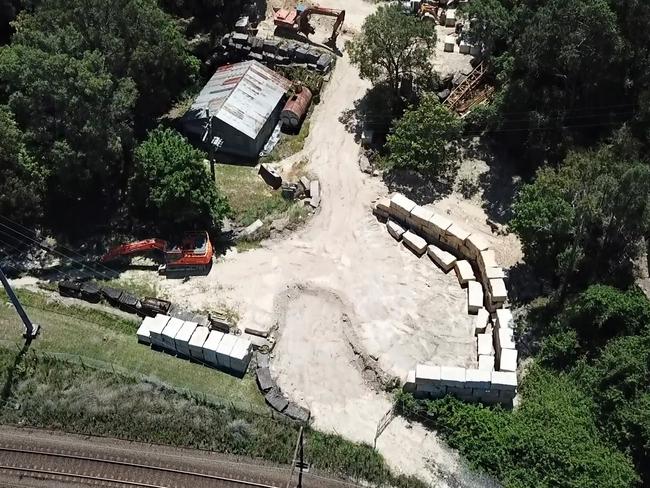
The ancient stone cut from it played a silent role in the Federation of Australia and features in some of the country’s most beautiful and well known buildings.
The unique quarry is only accessible by barge or train and most travellers get no more than a fleeting glimpse.
Now drone operator Mitch Hubbard of Saratoga has joined with the Central Coast Express Advocate to tell the story of this overlooked landmark. His footage shows the quarry from an entirely different viewpoint.

LINKS TO HISTORY
The Federation of Australia quite literally rested on Wondabyne sandstone. The completion of the 1886 Hawkesbury River Railway Bridge saw the joining of not just the important Sydney to Newcastle rail line, but also in effect, the railway systems of South Australia, Victoria, New South Wales and Queensland.
This vital transport link with, all that it implied about a united Australia, was built on pylons containing the beautiful and durable sandstone from Wondabyne.

The father of Federation, Sir Henry Parkes, used the bridge as a powerful symbol of national unity when he gave the address at its opening. Many claim this was his first Federation speech.
Accoridng to Dangar Island Historical Society Ryland & Morse from Chicago supervised the construction of the bridge spans on Dangar Island between 1887 and 1889. The piers themselves have a core of concrete surrounded by the sandstone from Wondabyne.
The historical society also said the contractor to supply the sandstone was Louis Samuel of Sydney, the only Australian contractor. He was the son of Saul Samuel, the Agent- General of NSW, who was sent to London in 1885 to tender worldwide for the bridge construction.

Unfortunately Louis died just a few months before the bridge was opened, but he can be credited with starting Wondabyne Quarry.
The old pylons still sand next to the current rail bridge, a silent testament the engineers and a nod to the nearby quarry.
Gosford Quarry manager Greg Cook did his apprenticeship with Gosford Quarries 40 years ago and rose through the ranks to become the manager.
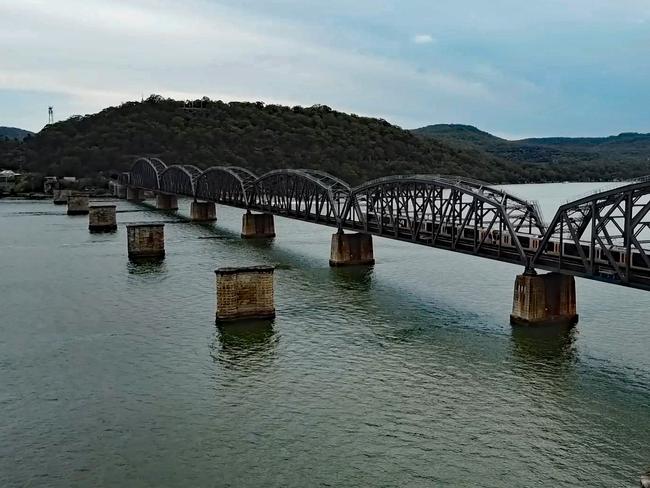
He said before the bridge was built a paddle steamer brought passengers across the river from Brooklyn and then transferred them to the train at Wondabyne Station to continue their journey. He said the station was later moved nearer to the quarry, with a rail siding to transport stone out by train.
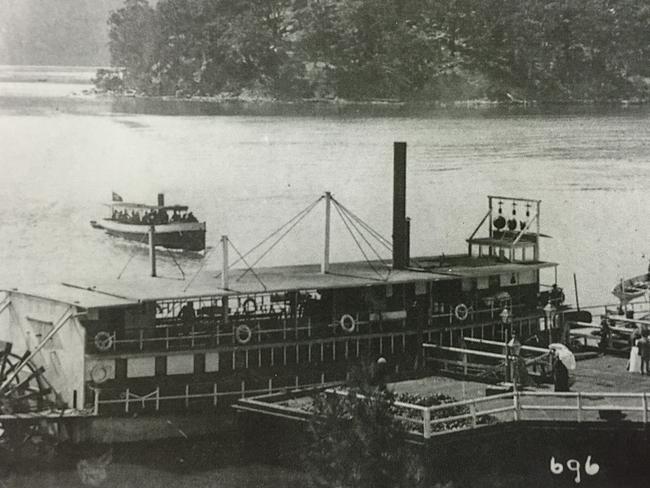
LANDMARK BUILDINGS
The 250 million year old sandstone that comes out of Wondabyne quarry was laid down during the early Triassic period and comes from a rock strata known to geologists as the Narabeen group. The stone is accessible in only a few spots.
It is uniquely stable and durable and this has made it a sought after building material. It’s still favoured for historic restoration projects today.
“In its hey day the quarry worked non stop — it would have had over a hundred employees who lived in houses close to the site — it was a major source of building materials for the development of Sydney,” Mr Cook said.
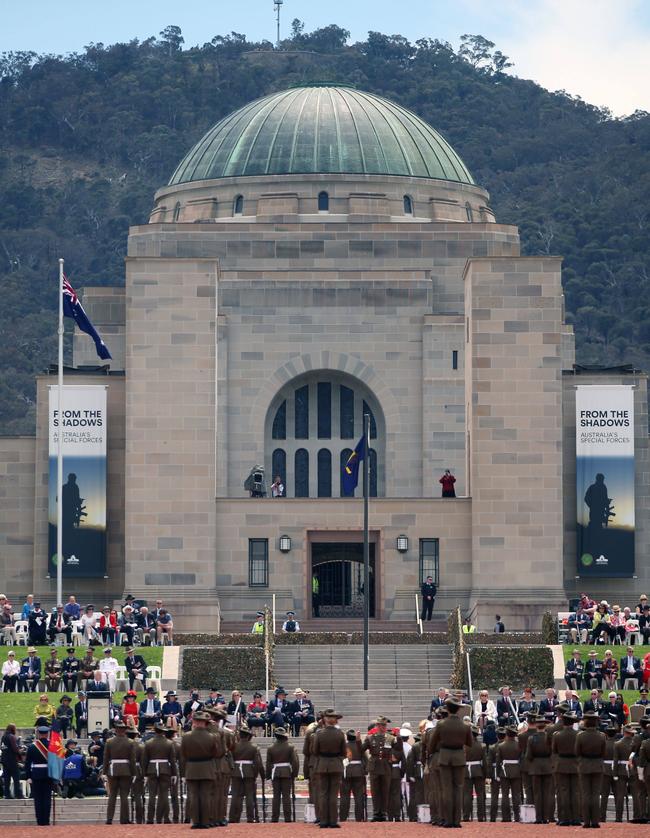
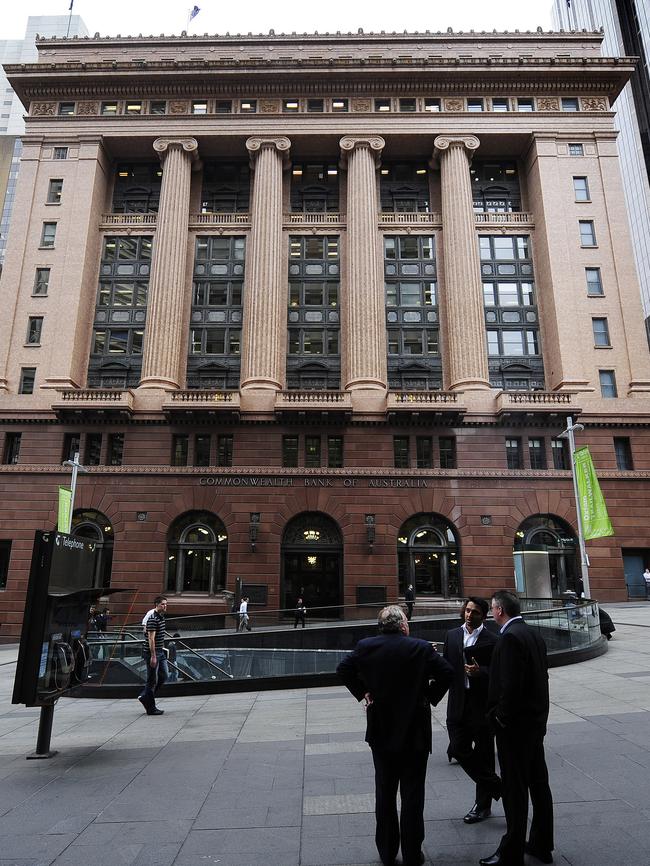
Mr Cook said the historic Commonwealth Bank building in Martin Place, the Stock Exchange building in Bond Street, and St Mary’s Cathedral’s spires all contained stone quarried at Wondabyne.
The Australian War Memorial — considered to be one of the most significant buildings of its type in the world — is built from this unique stone and opened in 1941.
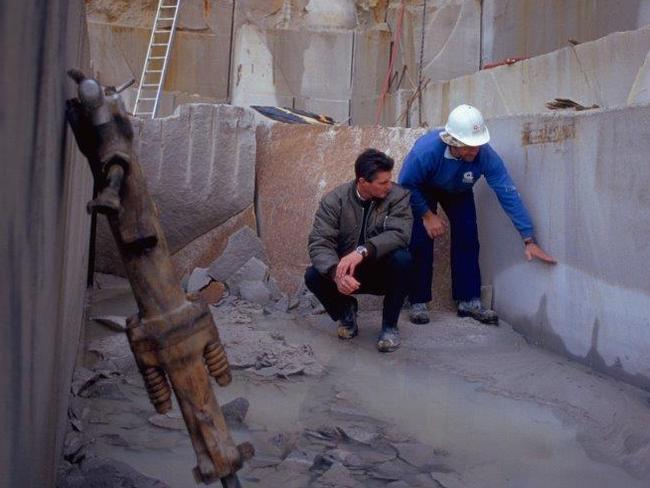
CHANGING TIMES
Much has changed since a steam crane was used to haul around the stone during the 1920s and 30s. Its rusting remains still tower over the site. It was brought in overland by a rough dirt road built by the quarry owners. That road is now Rifle Range Fire Trail in Brisbane Water National Park and not open to the public.
Changing regulations, the advent of the national park, and the huge increase in rail traffic on the Sydney-Newcastle line have all conspired over the decades to make life challenging for the operators of Wondabyne Quarry.
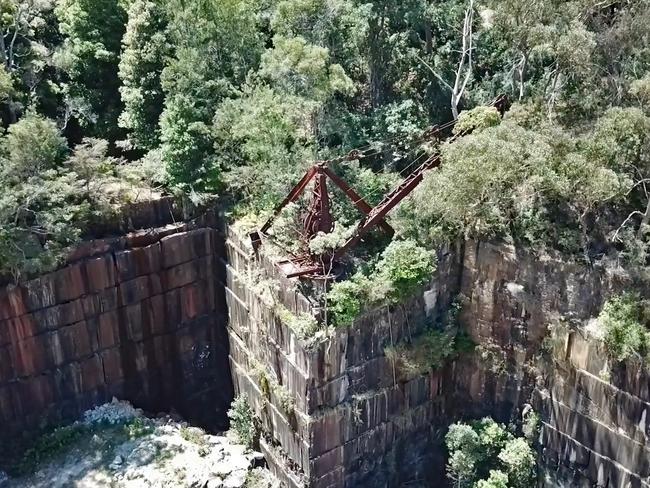
Quarry manager Greg Cook said in the old days Wondabyne always had its own rail siding that enabled the blocks to be taken out by train.
“We used to winch the rail trucks into the quarry, load them and then bring them down on the siding — and the train would reverse in, pick them up and take them away,” he said.
He said that worked well until the 2000 Olympics dramatically increased use of the train line and the State Government shut down the rail siding. These days passenger and freight trains operate night and day.

The stone can only be brought out three or four times a year — and travellers will have recently seen the sandstone blocks being stacked up around the quarry waiting for that window of opportunity to open.
“The only time they can get stone out now is when the upline and downline are simultaneously closed for track work — we get a four hour window to shoot the stone across and it’s taken out on a barge,” Mr Cook said.
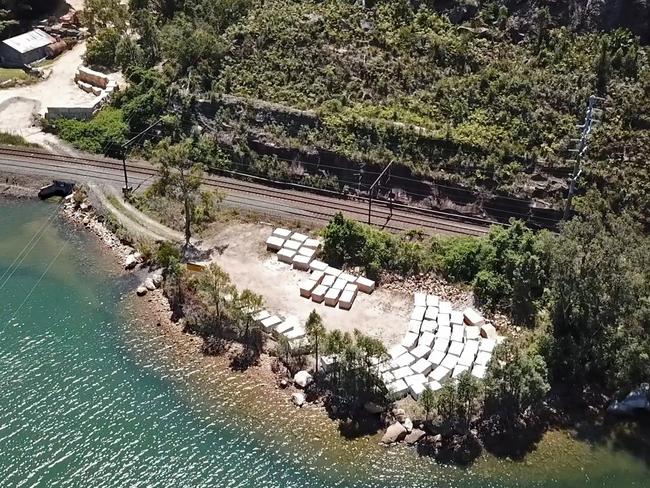
THE FUTURE
Greg Cook has a soft spot for the isolated quarry despite the hassles of getting the product out.
“You know exactly what the Wondabyne stone is going to do — you know exactly how it can be used — even very large pieces of stone are not problems or dramas and you know it will last

“I’ve seen Wondabyne stone that went into buildings 35 years ago that I actually worked on — and it’s barely changed.
He said the quarry would continue to provide stone as long as there was a market for it and as long as they could still get it out.


